Jony Ive — appointed this week as Apple's first-ever Chief Design Officer — has a long history of design work for Apple, stretching all the way back to a consulting role in the early 1990s.
Before joining Apple, Ive was part of a London design firm called Tangerine, where he worked on a number of household products such as kitchen and bathroom appliances. One Tangerine client was Apple though, and Ive officially joined Apple in 1992, following work on the PowerBook and two years of the company trying to recruit him.
Ive finally made the leap when some of his output for another Tangerine client was rejected for being too expensive and looking too modern.
Prior to the return of Steve Jobs as CEO in 1997, Ive worked on largely forgotten Apple products such as the Newton MessagePad 110. The designer in fact almost quit, and was only persuaded to stay by then-senior vice president of Hardware Engineering Jon Rubinstein, who gave him a raise and promised that Apple would achieve great things once the company made a turnaround.
Under Jobs, Ive was appointed senior vice president of Industrial Design. He then began work on the products that would make his reputation, the first being 1998's iMac, famous for its compact gumdrop shape. Ive was also instrumental in the design of 2001's iPod, 2007's iPhone, and 2010's iPad, along with various other products big and small. Most recently, Ive helped to create this year's Apple Watch.
The company's runaway success led to Ive and Jobs developing a close working relationship until the latter's death in 2011. The two collaborated on many aspects of design, and Ive was given free reign to explore ideas.
For example, Ive was given a private design lab that remains one of the most secret areas at Apple's Cupertino, Calif., headquarters.
Following the death of Jobs, the company was subsequently rocked by a number of corporate shakeups, such as the firing of iOS head Scott Forstall on October 29, 2012. That same day Ive assumed even greater power as senior vice president of Design, handling not just hardware but also software interfaces.
iOS 7 was an early result, dropping the skeuomorphic trappings preferred by Forstall in favor of a flatter, colorful look with translucent layers.
This week's newly announced Chief Design Officer promotion will see Ive shift into a more hands-off role. Although he will still watch over product design and generate new ideas of his own, subordinates Alan Dye and Richard Howarth will take over daily interface and hardware design. Ive will in fact add construction projects to his repertoire, such as the new Campus 2 building and future Apple Stores.
The new position has led some to speculate that Ive could be gradually transitioning out of Apple. Dye was responsible for the Watch's human interface design, and Howarth helped launch the iPhone, which could make the pair more than capable of taking over Ive's legacy.
 Roger Fingas
Roger Fingas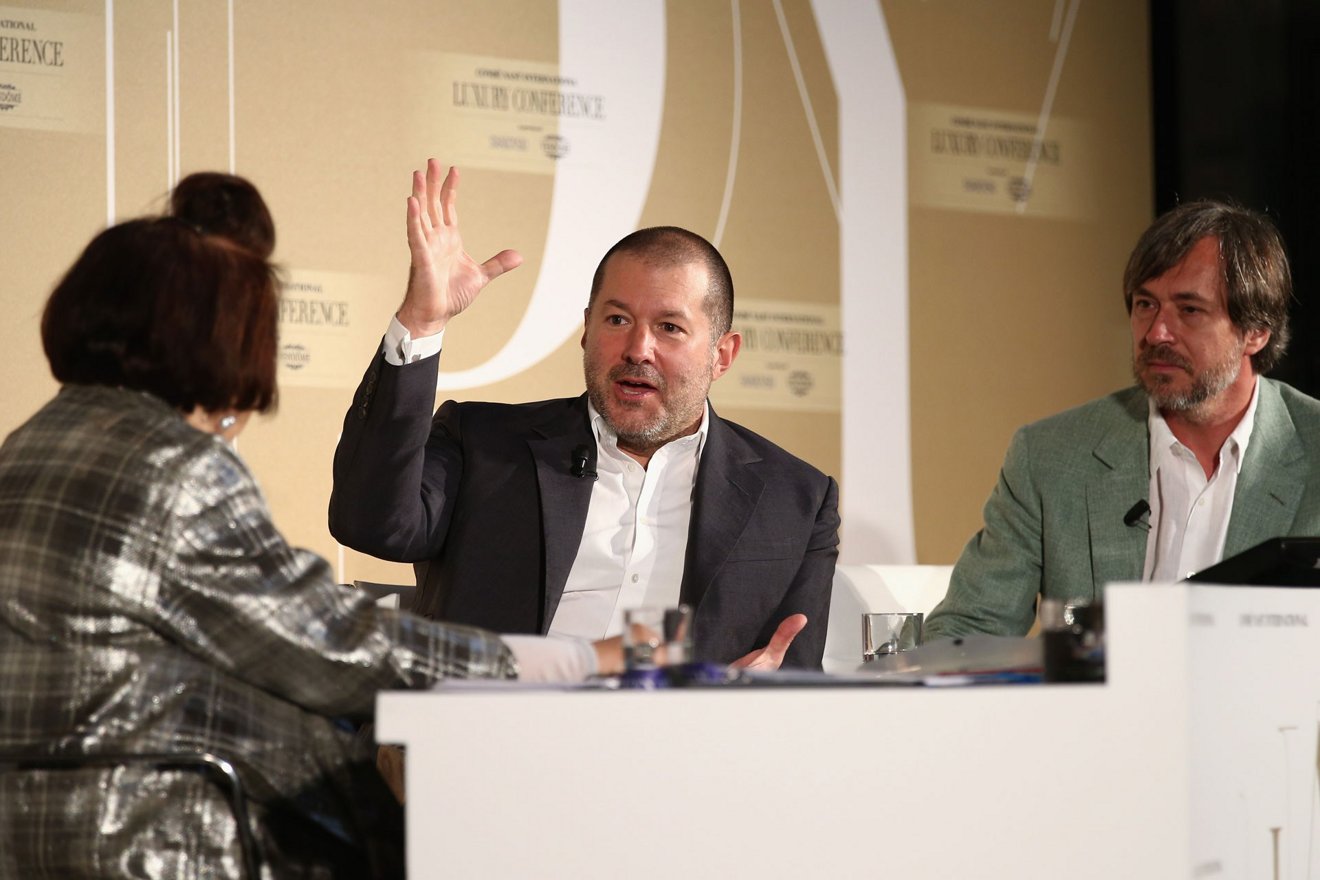
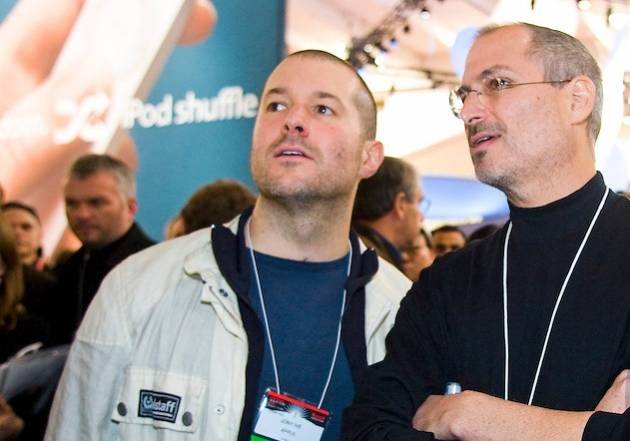



-xl-m.jpg)



-m.jpg)






 Chip Loder
Chip Loder
 Christine McKee
Christine McKee
 William Gallagher
William Gallagher
 Amber Neely
Amber Neely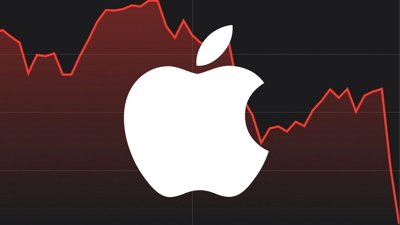
 Malcolm Owen
Malcolm Owen
 Andrew Orr
Andrew Orr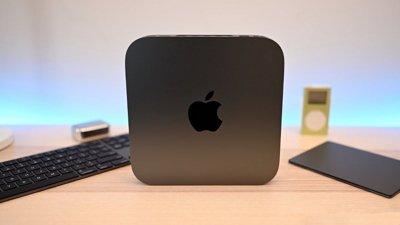
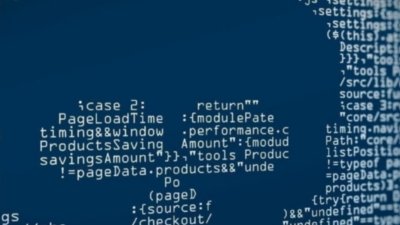



-m.jpg)






10 Comments
"The new position has led some to speculate that Ive could be gradually transitioning out of Apple." Or gradually transitioning into the next CEO. it all depends on how you look at. Relieve him of the daily minutia to concentrate on the larger picture and overall image of Apple.
Of all the Kremlinology around this promotion I think Gruber's take makes the most sense. http://daringfireball.net/2015/05/jony_ive_promotion_chief_design_officer [quote]A simpler way to look at this would be to see Ive having been promoted to, effectively, the new Steve Jobs: the overseer and arbiter of taste for anything and everything the company touches. One difference: Jobs, famously, was intimately involved with Apple’s advertising campaigns. Cook, in his internal memo, wrote: “Jony’s design responsibilities have expanded from hardware and, more recently, software UI to the look and feel of Apple retail stores, our new campus in Cupertino, product packaging and many other parts of our company.” But, still, it’s hard not to read Cook’s description of Ive’s responsibilities as pretty much matching those of Steve Jobs while he was CEO. Lastly, a title can just be a title, but Apple has only had three C-level executives in the modern era (excepting CFOs, whose positions are legally mandated): Jobs (CEO, duh) Cook (COO under Jobs, now CEO), and now Jony Ive (CDO).1 It’s possible this title is more ceremonial than practical, but Tim Cook doesn’t strike me as being big on ceremony. Apple doesn’t exactly throw around senior vice-presidentships lightly, either, but a new C-level title is almost unprecedented. I can see Cook-Ive as a sort of titular reversal of the Jobs-Cook C-level leadership duo. Cook oversees operations and “running the company”; Ive oversees everything else. So they created a new title to convey the authority Ive already clearly wielded, and promoted Dye and Howarth, his trusted lieutenants, to free him from administrative drudgery. I could be wrong, and we’ll know after a few years, but that’s my gut feeling today.[/quote] You don't create a C-suite position for someone who is retiring. No one has been brought in to take over Ive's SVP design role. His two lieutenants who got promotions still report to him. Cook's memo specifically said as CDO Ive had responsibility for all design at Apple and that included "new ideas and new initiatives". So this hardly seems like a ceremonial position. Plus there must be a reason it's not effective until July 1 (after the current fiscal quarter). One thing I am curious about is in Cook's employee memo when talking about Ive's expanding duties he referenced hardware/software design, the new campus, Apple stores and then he added [b]"and many other parts of our company"[/b]. I'd be curious to know exactly what that means.
[quote name="sog35" url="/t/186464/a-history-of-jony-ive-at-apple-from-consultant-to-chief-design-officer#post_2728174"]but, but, but it was actually a demotion. it actually means Ive is going to get phase out. it actually means Ive wants to leave Apple. those 3 statements are actually taken from articles by the business media. bunch of UBS clowns. U. Bull. Shitters. [/quote] I don't understand the logic. Cook promotes Ive to a C-suite position, esentially allows him to delegate the stuff he doesn't want to do so so he can focus on the stuff he wants to and that somehow signals retirement? Where is the logic in that?!?
"The new position has led some to speculate that Ive could be gradually transitioning out of Apple."
Or gradually transitioning into the next CEO. it all depends on how you look at. Relieve him of the daily minutia to concentrate on the larger picture and overall image of Apple.
Ive wanted to return to his family in England in 2011, but Apple paid him to stay. This new role could allow him to return to England and work for Apple from home.
The best thing Jobs did on his return to Apple was see the potential in this guy.
That, along with, somewhat controversially, his convincing Microsoft to invest in Apple and continue Office support, are probably the two moments that most created the most valuable company in the world.